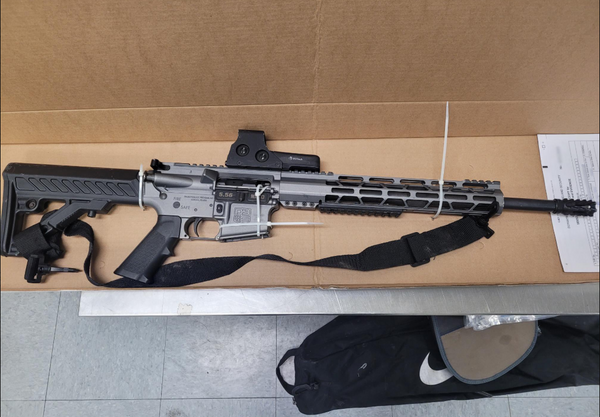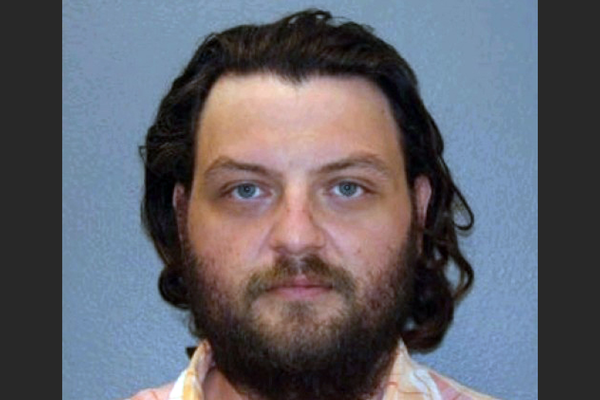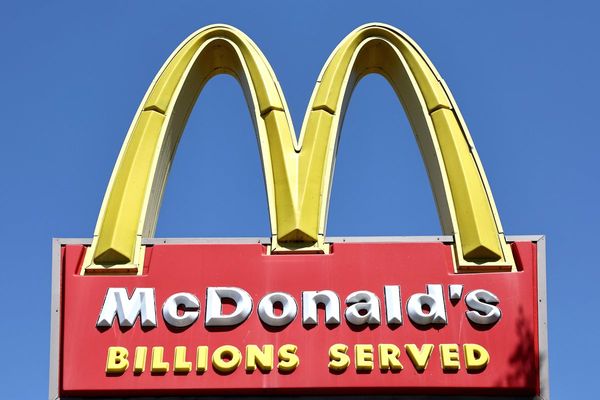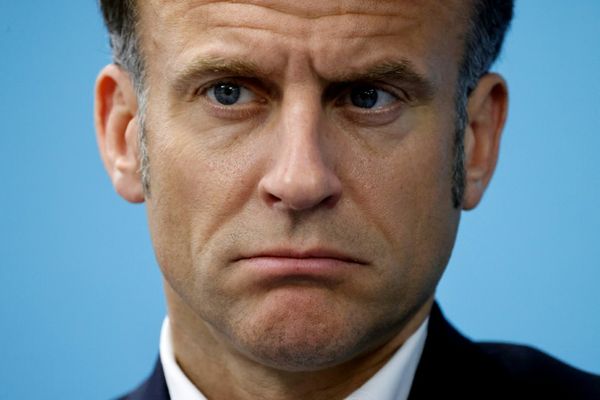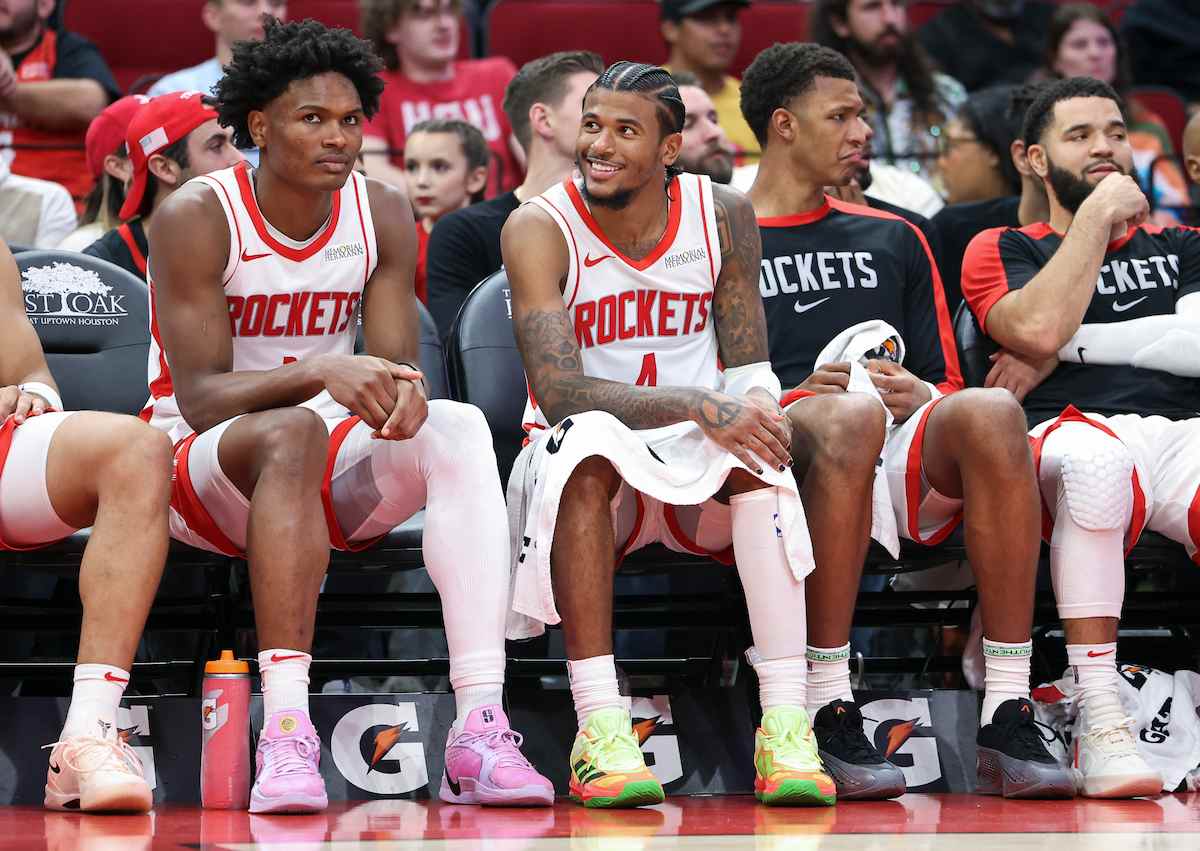
Potential can be challenging to evaluate. We must attempt to peek into the future, extrapolating past information to predict what is to come. That’s what the ESPN Top 25 under 25 aims to do, ranking the 25 highest potential players in the league under a certain age threshold.
As with all of ESPN’s lists, the ranking sparked widespread internet controversy and debate. The basketball space generally doesn’t seem to align with ESPN’s rankings, with which I generally agree. Even acknowledging the difficulties in projecting forward, we can poke some holes in the ranking. First, Let’s list some players I believe are poorly ranked before diving into some individual slots.
Which NBA Players Does ESPN Have Ranked Too Low?
- Amen Thompson (22)
- Zion Williamson (16)
- LaMelo Ball (12)
- Evan Mobley (9)
Which NBA Players Does ESPN Have Ranked Too High?
- Tyler Herro (21)
- Jalen Green (20)
- Dereck Lively (19)
- Jalen Suggs (18)
- Tyrese Haliburton (6)
Which NBA Players Should EPSN Have Included?
These are the players I believe were omitted from the list that probably should be there, or at least in strong consideration for the list.
- Jaden Ivey
- Gradey Dick
- Keegan Murray
- Shaedon Sharpe
- Ausar Thompson
- RJ Barrett
Jalen Green, Amen Thompson and Tari Eason
There seems to be some incongruence from the list in evaluating the Houston Rockets’ young talent. By all measures, Green, a former top-two pick in a loaded class, hasn’t improved much since his rookie season. Comparing this season’s splits to his rookie year, Green has been less efficient. His true shooting has dropped from 54.7 percent as a rookie to 52.7 percent this season.
Efficiency isn’t the only way to measure impact, but Houston performs better with Green off the floor. When the Rockets swap Green for Amen Thompson into their starting group (FredVanVleet, Dillon Brooks, Jabari Smith Jr., Alperen Sengun), their net rating skyrockets from plus-7.6 to plus-34.3. That’s the second-highest net rating of any five-man group in the NBA (minimum 100 possessions played).
Thompson is younger than Green and a more impactful player currently. Why wouldn’t that trend continue into the future? Green is younger than Eason, but Eason’s growth over the years, especially as a finisher, inspires more confidence than what Green has shown to this point.
I would bump Thompson at least 10 spots up this list. He’s a singular athletic talent who already defends at an elite level. He’s improved his efficiency this season, flashing the creation potential to become a full-fledged initiator. Thompson makes just 29.6 percent of his threes this season, but that’s just three percent lower than Green’s season mark (32.4 percent).
We still see glimpses of greatness from Green, most recently his 41-point explosion against the Philadelphia 76ers. But it’s time to reframe expectations surrounding him. He can and will improve, but why should we view his potential in such high regard when a similar player like Cam Thomas doesn’t make the list?
Scoring combo guards who need the ball can struggle to fit on great teams, especially when the shots aren’t falling. Players like Thompson (and Eason) with elite traits and more production should be valued more highly.
Zion Williamson
The justification for Williamson’s ranking this low is related to his health and inconsistent availability. For a general ranking of value and impact, that makes sense to consider. But for a ranking based on ceiling, we’ve already seen Williamson far outpace this slot.
When Williamson plays for long stretches, he consistently proves himself an All-NBA caliber player. His driving and playmaking alone make him a full-fledged initiator. Williamson played 70 games last season, the most of his career. One fortunate stretch of good health could see a Williamson-led team make a deep run in the playoffs.
His health, along with defensive and spacing issues, can restrict team-building possibilities and make it challenging to construct elite rosters. It’s possible to build strong teams around Williamson. We’ve seen the New Orleans Pelicans do just that. Reality suggests Williamson may never reach those heights, but in terms of sheer potential, there’s no way he should fall out of the top 10 of a list like this.
LaMelo Ball
Skepticism about Ball’s health is warranted, but once again, that shouldn’t preclude us from acknowledging his potential. Before his injury this season, Ball played at nearly an All-NBA level as one of the league’s best volume scorers and playmakers. He’s a ready-made offense all by himself.
Concerns about his style’s impact on winning are far overblown. We already saw Ball drag the Charlotte Hornets to the postseason as a sophomore. His defense must improve at the highest levels, but the Hornets play like a top-10 offense (114.4 offensive rating, per PBP Stats) when Ball is on the floor.
Ball, a 2020 draftee, is younger than the majority of the top 12. We’re still far away from the peak of his powers and we’ve still never seen him with a solid supporting cast, let alone an elite one. His shotmaking, advantage creation and passing chops are that of a special player. Few current NBA players boast a higher ceiling than he does.
Shaedon Sharpe
Sharpe wasn’t even mentioned in ESPN’s article, which comes as a surprise, given his similarities to players like Green with their respective efficiency struggles. The 21-year-old wing missed much of his sophomore season due to injury, but a strong rookie year and enticing flashes since should lend optimism for his ceiling.
He’s upped his scoring to 17.8 points per game on a 53.2 percent true shooting percentage. His frigid 3-point start brings that number down — Sharpe has made just 28.4 percent of his threes this season after shooting 35 percent across his first two years.
Based on his history, he should improve as a 3-point shooter and Sharpe’s efficiency from everywhere else has increased. Sharpe makes 65.6 percent of his shots within five feet and 40 percent from midrange, both large jumps from last season. Despite commanding a career-high 25 percent usage rate, he’s turning the ball over at a career-low clip (10.3 percent).
Similar to Ball, Sharpe also hasn’t played with a strong supporting cast since his rookie year with Damian Lillard. His off-dribble creation potential seems quite high, given his athletic tools and he’s improving as a playmaker and a shotmaker. He deserves an inclusion among the highest potential youngsters in the league.
*All stats are updated prior to games played on Dec. 6*

